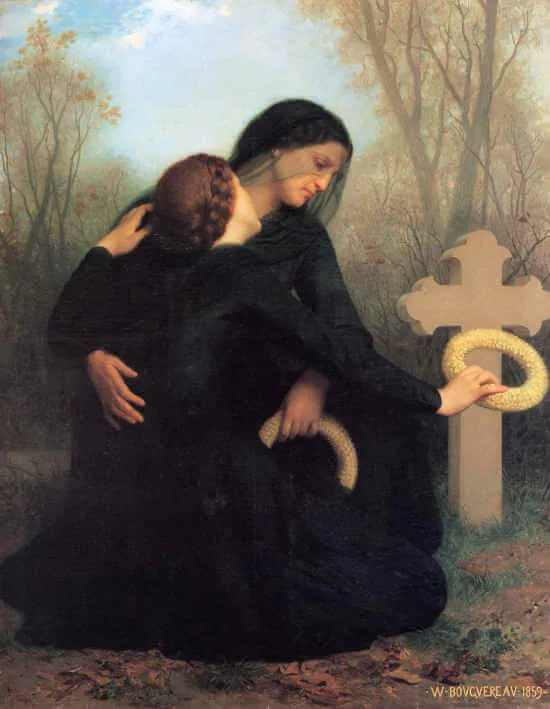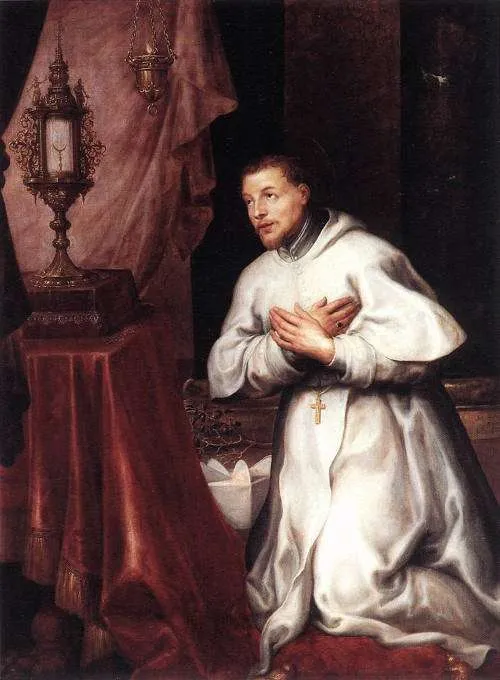Saint Peter: c. 1–c. 64; Patron Saint of Rome, bakers, brickmakers, masons, bridge-builders, butchers, clockmakers, cobblers, fishermen, harvesters, watchmakers, locksmiths, netmakers, the papacy, and the Universal Church Invoked against feet problems, fevers, and frenzy
Saint Paul: c. 3–c. 64 Patron Saint of Rome, evangelists, theologians, musicians, public relations personnel, writers, publishers, and reporters; rope-, saddle-, and tentmakers; Gentiles; Cursillo movement; and Catholic Action Invoked against snakes and hailstorms Pre-Congregation canonizations
According to ancient Roman mythology, in the seventh century BC, King Numitor was forcefully removed from his throne by his brother, Amulius. Amulius then forced Numitor’s daughter, Rhea Silvia, to become a Vestal Virgin so that she would not have children who could later attempt to reclaim the throne. However, one myth relates that Mars, the god of war, impregnated Rhea Silvia, and she bore twin sons Romulus and Remus. Amulius threw them into the river, but they were rescued by a she-wolf. When they grew up, they killed Amulius and restored their grandfather to his throne. They then decided to found a city but disagreed on its location, so Romulus killed Remus and founded a city, calling it Rome, after his own name. After his death, or ascension, he was said to have been deified as the god Quirinus. To this day, one of the seven hills of Rome is named after him, the Quirinal Hill. This ancient myth helped make up the religious beliefs of the people of Rome at the time when today’s saints, Saints Peter and Paul, entered Rome and preached the Gospel, laying down their lives as martyrs.
Myths that explained a city’s founding were important. These myths were often central aspects to the cultural and historical festivities in ancient times. This was especially true in Rome. Therefore, as the early Church began to take root in Rome, rather than dismissing this cultural practice, the early Church Christianized the story of Romulus and Remus by introducing a new festival for the new founders of Rome, Peter and Paul, on June 29.
Simon was born in Bethsaida, near the Sea of Galilee. He was a fisherman by trade, along with his brother Andrew. Matthew’s Gospel records that Simon and Andrew were the first whom Jesus invited to follow Him. After Jesus was baptized by John the Baptist and completed His forty days of prayer and fasting in the desert, He went to the Sea of Galilee, saw Simon and Andrew fishing and called to them saying, “Come after me, and I will make you fishers of men” (Matthew 4:19). At that, these two brothers dropped everything and became Jesus’ first disciples. John’s Gospel relates a slightly different timeline, stating that Andrew first followed Jesus and brought Simon to Jesus the next day. When Jesus met Simon, He said, “‘You are Simon the son of John; you will be called Cephas (which is translated Peter)” (John 1:42). Matthew’s Gospel relates that Jesus changed Simon’s name to Peter when He said to him, “I say to you, you are Peter, and upon this rock I will build my church, and the gates of the netherworld shall not prevail against it. I will give you the keys to the kingdom of heaven. Whatever you bind on earth shall be bound in heaven; and whatever you loose on earth shall be loosed in heaven” (Matthew 16:18–19).
With his new name and unique spiritual authority in which he held the “keys to the kingdom of heaven,” Peter emerged as the central leader of the Church after Pentecost. He spent about a decade in Jerusalem, preaching powerfully, performing miracles, and converting many. He eventually traveled to Rome where he established the Church there, becoming its first bishop. Around the year 64, he was martyred during the persecutions of Emperor Nero. Tradition states that Peter requested to be crucified upside down because he did not consider himself to be worthy of dying the same way Jesus died. His tomb is located under the main altar of Saint Peter’s Basilica.
Saul was born as a Roman citizen in Tarsus, modern-day Turkey. As a young man, he went to Jerusalem to study at the renowned school of the rabbi Gamaliel. After Jesus’ ascension into Heaven, Saul became one of the fiercest persecutors of the early Church, being partly responsible for the death of the proto-martyr Saint Stephen (Acts 7:58). However, within a few years, as Saul was traveling to Damascus to persecute other Christians, he was knocked to the ground and struck blind. He heard Jesus say to him, “Saul, Saul, why are you persecuting me?” (Acts 9:4). Jesus then directed him to a disciple of the Lord in Damascus named Ananias who baptized Saul. Saul spent about three years in Arabia where he went through an intense time of prayer and study, eventually returning to Damascus and then to Jerusalem where Barnabus introduced him to the other disciples, testifying to the veracity of his conversion.
In Jerusalem, Saul began to use his Roman name, Paul, and then spent approximately the next ten years as a missionary throughout the Mediterranean. Back in Jerusalem, he was imprisoned for a couple of years and then was sent to Rome for trial since he was a Roman citizen. In Rome, he met up with Saint Peter. According to tradition, Paul was beheaded just outside the city of Rome. When his head fell to the ground, it bounced three times, each time giving rise to a spring of water. The place is marked today by the Abbey of the Three Fountains.
Saints Peter and Paul are considered the foundational pillars of the Church. Peter represents the stability of the Church and the office of the Vicar of Christ. Paul represents the mission of evangelization that was entrusted to the Church by Jesus Himself. He was also the Church’s first theologian, which is seen in his numerous letters that expound on the Gospels. Though unlikely, one tradition states that they were both martyred on June 29, in Rome, making them twin martyrs. Their twin martyrdom reminds us that the Church must be both stable and mission-oriented. It must remain grounded in the ancient Truth, yet grow and flower with an ongoing understanding of the mysteries of faith.
As we honor these two pillars of the Church, recall the fact that, though they are great saints, they were also ordinary men called to extraordinary vocations. They responded and God used them in ways they could have never imagined. Ponder your own calling in light of theirs and resolve to lay your life down for the Church, joining yourself to these two men so that God can continue their holy mission through you.
Source: https://mycatholic.life/saints/saints-of-the-liturgical-year/june-29—saints-peter-and-paul-apostles–solemnity/







